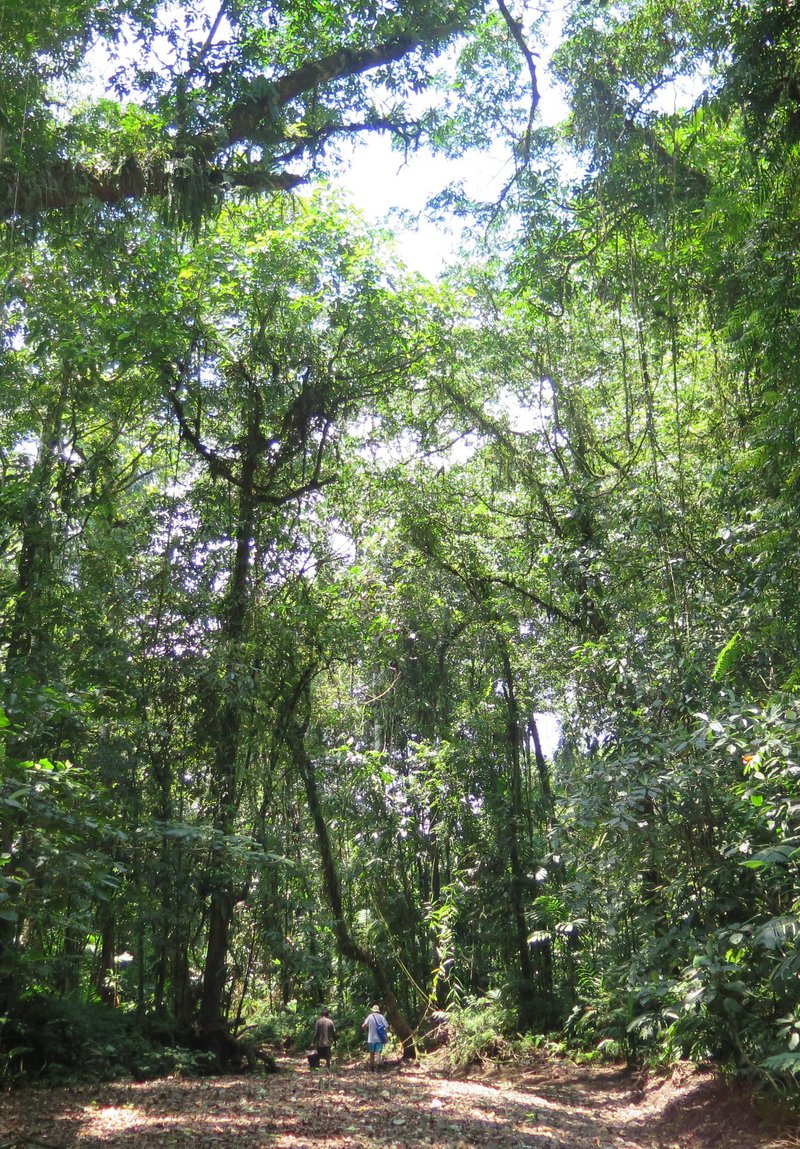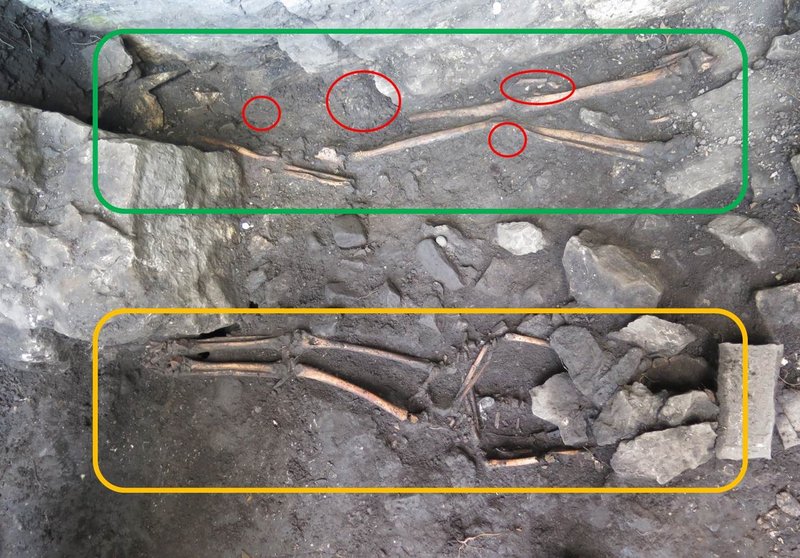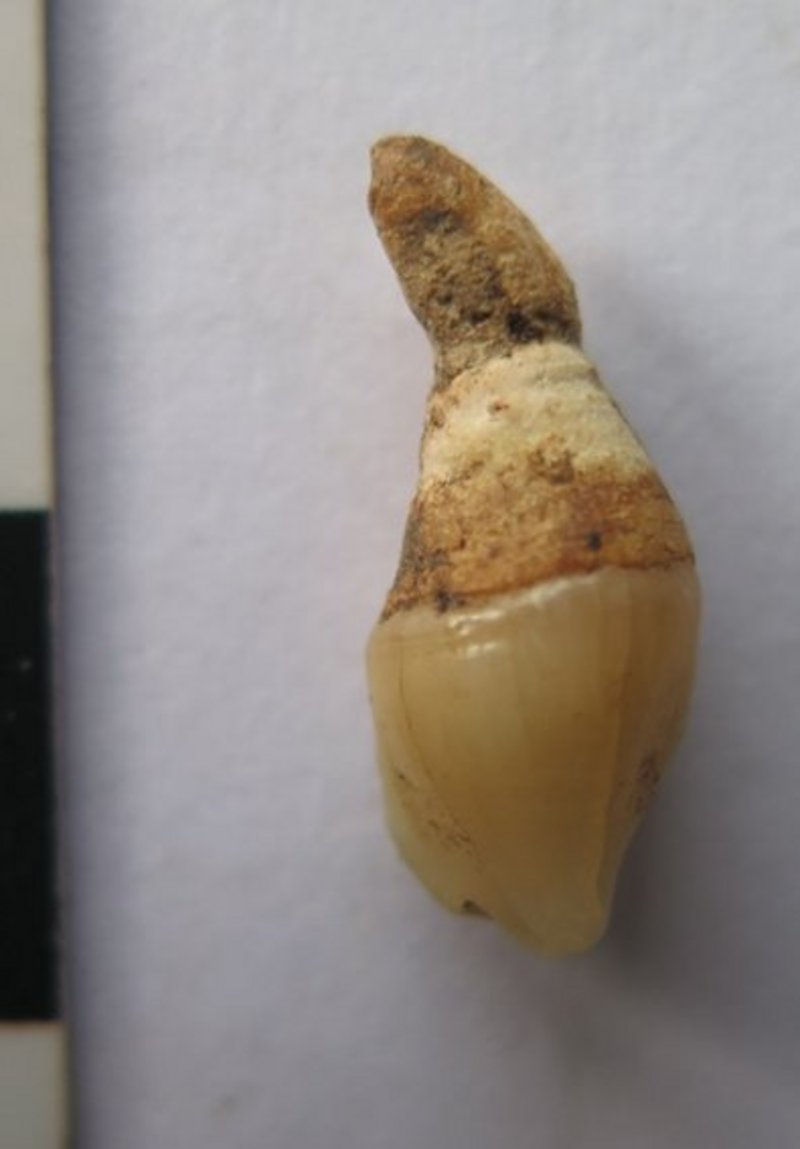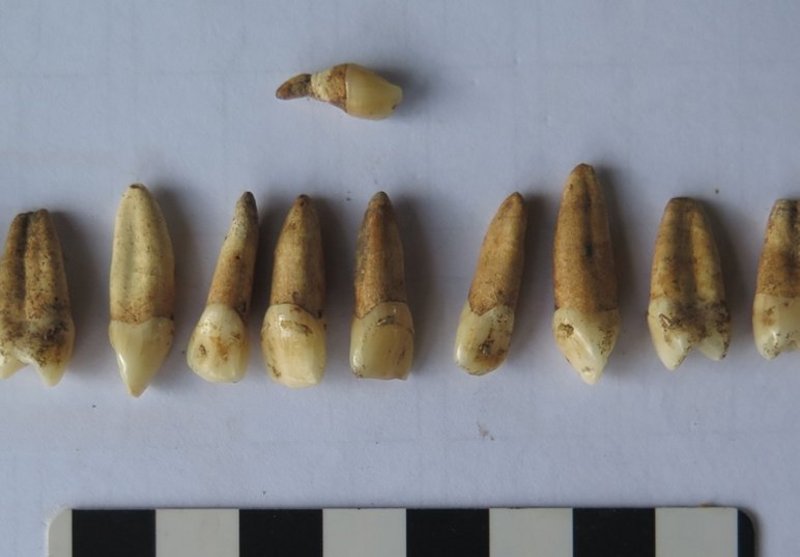Überblick
Melanesia, and especially the Solomon Islands, are known for their broad variety of traditions related to ancestor veneration, but also for the practice of cannibalism which was reportedly observed still in the beginning of the 20th century. Ancestor veneration manifests in different burial customs and consequent treatment of the skeleton, mainly the skull. It is visible in the secret skull houses, built in special places in the woods, containing the skulls of ancestors, and in the beautiful carved boats, decorated with mother of pearl, holding skulls, or in other forms of worship. The places where ancestors were buried are not accessible to everyone, especially foreigners. Therefore, widespread anthropological research in the regions of the Solomon Islands is not possible.
In 2011 Johannes Moser (DAI, KAAK) discovered the site of the Ria Rockshelter (see Insel Malaita, Salomonen, on this website). It was thought to be a resting place, but later turned out to be a burial ground. As the place was, in the opinion of the local population, very unusual for a burial site, it was initially thought that the skeletons were remains of those subject to dishonorable disposal. It was even thought that they were victims of cannibalism because several parts of the skeletons seemed to be missing.
Apart from shedding some light on single individuals, anthropological investigations can contribute to the investigation of how and when prehistoric people spread through the pacific region. With the help of epigenetic traits on the skeletons, as well as genetic and isotopic research, more information to these unsolved old questions can be provided.
